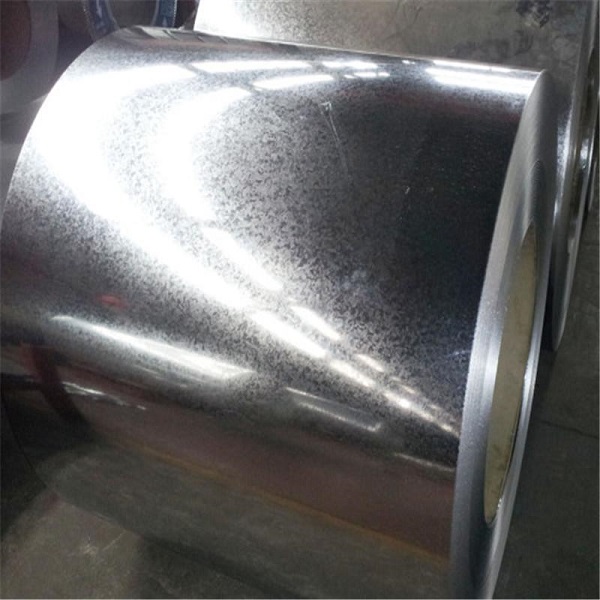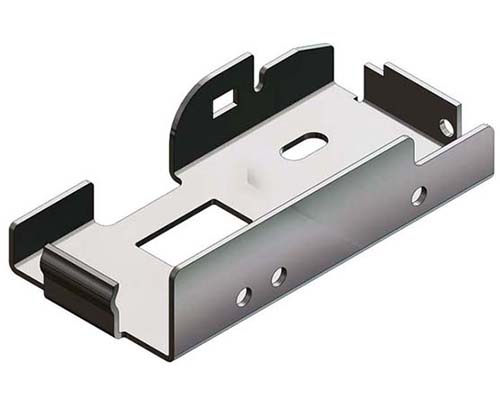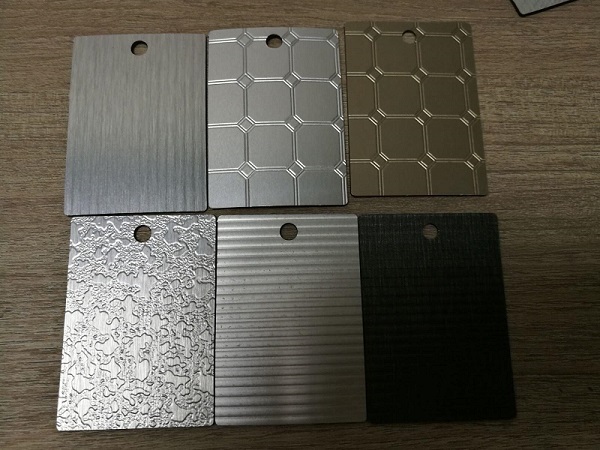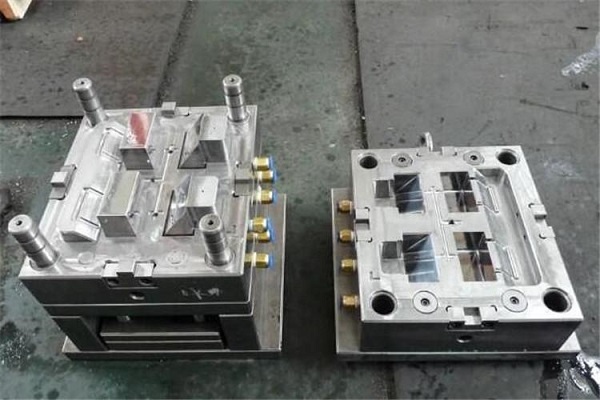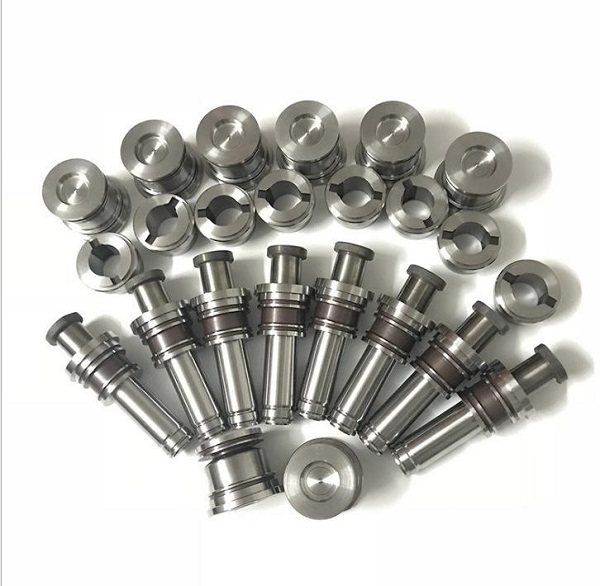If you’re wondering what aluminum fabrication works entail and how they matter for your projects, let’s get straight to it. Aluminum fabrication works refer to the range of processes that transform raw aluminum materials—like sheets, extrusions, or coils—into finished, functional products or components. From cutting and bending to welding and assembling, these works are used across industries such as construction, automotive, aerospace, and consumer goods. Unlike other metals, aluminum’s unique properties (lightweight, corrosion-resistant, and malleable) make its fabrication process distinct, requiring specialized techniques to unlock its full potential. Whether you’re building a commercial building’s facade, a car part, or a household appliance, understanding aluminum fabrication works helps you choose the right methods, avoid common pitfalls, and ensure your final product meets quality standards.
Core Processes in Aluminum Fabrication Works
Aluminum fabrication isn’t a one-step job—it’s a sequence of tailored processes that depend on the desired end product. Let’s break down the most common ones, with real-world context to show how they work in practice.
Cutting
Cutting is the first step in most aluminum fabrication projects, where raw aluminum is trimmed to the required size. Unlike steel, aluminum is softer and more prone to melting if cut with high-heat tools, so fabricators often use cold-cutting methods. Common techniques include shearing (for thin sheets, like those used in sign making), laser cutting (for precise, complex shapes in aerospace parts), and waterjet cutting (ideal for thick aluminum blocks, such as those used in industrial machinery bases).
A real example: A manufacturer producing aluminum frames for solar panels relies on laser cutting to create intricate holes for wiring—this method ensures each hole is within 0.1mm of the design specification, which is critical for the panels to fit with other components. For larger projects, like cutting 10-foot aluminum sheets for a building’s window frames, shearing is more efficient, as it can handle high volumes quickly without compromising edge quality.
Bending and Forming
Once cut, aluminum pieces often need to be shaped into curves, angles, or specific profiles—this is where bending and forming come in. Aluminum’s malleability makes it easy to form, but it can crack if bent too sharply, so fabricators use tools like press brakes (for straight bends, such as creating 90-degree angles in aluminum brackets) and roll forming (for continuous curved shapes, like the aluminum trim on a car’s exterior).
Consider a case study from a furniture company: They needed to create curved aluminum legs for a modern chair design. Using a roll forming machine, they heated the aluminum slightly (to 150-200°C, a temperature that softens the metal without weakening it) and rolled it into the desired C-shape. This process ensured consistency across 500 chair legs, with no cracks or deformities—something that would have been hard to achieve with manual bending.
Welding
Welding joins two or more aluminum pieces together, but it’s trickier than welding steel because aluminum has a higher thermal conductivity (it heats up and cools down faster). Common aluminum welding techniques include MIG welding (metal inert gas, used for large, thick pieces like truck frames) and TIG welding (tungsten inert gas, for precise work like aerospace components or custom aluminum railings).
A key fact: According to the American Welding Society (AWS), TIG welding produces joints with a 90%+ strength match to the base aluminum, making it the go-to for projects where durability is non-negotiable. For example, a boat builder uses TIG welding to connect aluminum hull panels—this ensures the joints can withstand constant water pressure and saltwater exposure without leaking or breaking.
Assembly and Finishing
After cutting, forming, and welding, the final step is assembling the components into a complete product, followed by finishing to enhance appearance and performance. Assembly can involve fastening (using screws or rivets, common in consumer goods like aluminum ladders) or adhesive bonding (for lightweight products like drone frames, where screws might add unnecessary weight).
Finishing processes include anodizing (creates a protective oxide layer, used for outdoor products like patio furniture to prevent rust) and painting (for aesthetic purposes, such as aluminum casings for electronics). A survey by the Aluminum Association found that 75% of outdoor aluminum products use anodizing because it extends the product’s lifespan by 5-10 years compared to uncoated aluminum.
Key Factors to Consider When Choosing Aluminum Fabrication Works
Not all aluminum fabrication projects are the same—your choice of processes, materials, and fabricators depends on several critical factors. Here’s a structured breakdown to help you make informed decisions.
Material Selection
The type of aluminum alloy you use directly impacts fabrication difficulty and final product performance. The most common alloys for fabrication are:
- 6061 Aluminum: Known for its strength and weldability, used in structural components like bike frames and aircraft parts.
- 5052 Aluminum: Highly corrosion-resistant, ideal for marine applications (boat parts) and outdoor signage.
- 3003 Aluminum: Soft and easy to form, used for decorative items like aluminum trim and kitchen utensils.
To simplify your choice, here’s a comparison table:
| Aluminum Alloy | Key Properties | Best For | Fabrication Notes |
| 6061 | Strong, weldable, heat-treatable | Bike frames, aircraft parts | Requires preheating before welding to avoid cracking |
| 5052 | Corrosion-resistant, good formability | Boat parts, outdoor signage | Difficult to weld; adhesive bonding is often preferred |
| 3003 | Soft, ductile, low strength | Decorative trim, kitchen utensils | Easy to cut and bend; no heat treatment needed |
Project Requirements (Size, Complexity, and Durability)
- Size: Small projects (like custom aluminum keychains) can use manual cutting and bending, while large projects (like aluminum bridges) require industrial-grade machinery (e.g., CNC routers for precise cutting of large sheets).
- Complexity: Intricate designs (like aluminum microchips for electronics) need high-precision techniques (laser cutting or CNC machining), while simple designs (like aluminum shelves) can use basic shearing and bending.
- Durability: If your product will be exposed to harsh conditions (e.g., high temperatures in engines), choose alloys like 6061 and add finishing processes like anodizing. For indoor, low-use products (e.g., decorative wall art), 3003 aluminum with a simple paint finish is sufficient.
A real-world example: A construction company building a skyscraper’s aluminum curtain wall needed large, durable panels that could withstand wind and rain. They chose 6061 aluminum, used CNC routers to cut the panels to size, and applied a thick anodized layer—this ensured the curtain wall would last for 30+ years with minimal maintenance.
Cost Considerations
Aluminum fabrication costs vary based on process, material, and project size. Here are key cost drivers to keep in mind:
- Labor: Complex processes like TIG welding take more time, so they cost more (average \(25-\)40 per hour) than simple processes like shearing (\(15-\)20 per hour).
- Material: High-strength alloys like 6061 cost more (\(2-\)3 per pound) than 3003 aluminum (\(1-\)1.50 per pound).
- Finishing: Anodizing adds \(0.50-\)1 per square foot, while painting adds \(0.30-\)0.70 per square foot.
To save money, prioritize processes that match your needs—for example, if you don’t need a high-gloss finish, skip painting and opt for natural anodizing. A small business owner making aluminum planters saved 20% on costs by using waterjet cutting (instead of laser cutting) and natural anodizing (instead of painting).
Common Challenges in Aluminum Fabrication Works and How to Overcome Them
Even experienced fabricators face challenges with aluminum—here are the most frequent ones and practical solutions.
Cracking During Bending or Welding
Aluminum is prone to cracking if bent too sharply or welded without proper preparation. This happens because aluminum’s grain structure can become brittle when exposed to rapid temperature changes or excessive force.
Solution:
- For bending: Use a press brake with a wide die (the die width should be 8-10 times the aluminum thickness) to distribute force evenly. Heat the aluminum to 150-200°C (for alloys like 6061) to soften it before bending.
- For welding: Clean the aluminum surface with a wire brush or solvent to remove oxide layers (which cause porosity and cracking). Use a low-heat setting and preheat the metal to 100-150°C for thick pieces.
A fabricator specializing in aluminum bike frames once faced frequent cracking during TIG welding. After switching to a preheating step and using a cleaner to remove oxide, the cracking rate dropped from 15% to less than 2%.
Porosity in Welds
Porosity (small holes) in aluminum welds weakens the joint and can lead to leaks. It’s caused by moisture, dirt, or oxide layers on the aluminum surface.
Solution:
- Clean the aluminum with acetone or a dedicated aluminum cleaner before welding.
- Use a shielding gas (like argon) with a flow rate of 15-20 cubic feet per hour (CFH) to protect the weld from air.
- Avoid welding in humid environments (keep humidity below 60%).
According to a study by the AWS, following these steps reduces porosity by up to 80% in aluminum welds. A manufacturer of aluminum water tanks used this method to eliminate leaks—previously, 10% of tanks had to be reworked due to porous welds, but now the rework rate is less than 1%.
Inconsistent Surface Finish
Uneven anodizing or painting can ruin the appearance of aluminum products. This happens when the aluminum surface isn’t smooth or clean before finishing.
Solution:
- Sand the aluminum with 220-400 grit sandpaper to create a smooth surface.
- Use a chemical etchant (like sodium hydroxide) to remove any remaining blemishes.
- For anodizing, control the voltage (12-18V) and temperature (18-22°C) to ensure a uniform oxide layer.
A consumer goods company making aluminum water bottles struggled with uneven anodizing. After adding a sanding step and adjusting the anodizing temperature, their bottles had a consistent, matte finish—customer complaints about appearance dropped by 90%.
Trends Shaping the Future of Aluminum Fabrication Works
The aluminum fabrication industry is evolving with new technologies and sustainability goals—here are the trends to watch.
Automation and CNC Machining
Automation is making aluminum fabrication faster and more precise. CNC (Computer Numerical Control) machines—like CNC routers, mills, and lathes—use computer programs to perform cuts, bends, and welds with minimal human error. A report by the Fabricators & Manufacturers Association (FMA) found that CNC machines reduce production time by 30-50% and improve accuracy by up to 99% compared to manual processes.
For example, a large automotive supplier now uses CNC welding robots to assemble aluminum car doors. The robots can weld 50 doors per hour (compared to 15 per hour with manual welding) and produce joints with consistent strength—this has helped the supplier meet the high demand for lightweight electric vehicles (EVs).
Sustainability and Recycled Aluminum
As companies focus on reducing their carbon footprint, recycled aluminum is becoming more popular. Recycled aluminum uses 95% less energy than producing aluminum from bauxite ore (according to the Aluminum Association), making it a more eco-friendly choice.
Many fabricators now offer “closed-loop” fabrication—they collect scrap aluminum from projects, recycle it, and use it to make new components. A construction firm building a green office building used 80% recycled aluminum for its facade. This not only reduced the project’s carbon emissions by 40% but also saved 15% on material costs.
Advanced Finishing Technologies
New finishing techniques are improving the performance and appearance of aluminum products. Ceramic coating, for example, creates a harder, more scratch-resistant surface than traditional anodizing. It’s used in high-wear products like aluminum toolboxes and EV charging stations.
Another trend is digital printing on aluminum—this allows for custom designs (like logos or patterns) to be printed directly onto the metal, eliminating the need for painting. A retail brand used digital printing to create custom aluminum display stands with their logo—this reduced production time by 25% and allowed for quick design changes.
Yigu Technology’s Perspective on Aluminum Fabrication Works
At Yigu Technology, we believe aluminum fabrication works are pivotal in bridging raw material potential with real-world innovation. Aluminum’s lightweight and eco-friendly traits align with global sustainability goals, and we’ve seen firsthand how advanced fabrication—like CNC machining and recycled aluminum use—can boost efficiency for clients. We often advise clients to prioritize material-alloy matching to their project needs; for instance, recommending 5052 aluminum for marine projects to avoid corrosion issues. Also, we emphasize pre-fabrication testing, such as stress tests on welded joints, to prevent post-installation problems. As the industry shifts to automation, we’re integrating smart monitoring tools into our fabrication processes to ensure consistent quality. Ultimately, aluminum fabrication works shouldn’t just meet standards—they should anticipate future needs, whether that’s durability for harsh environments or flexibility for custom designs.
FAQ About Aluminum Fabrication Works
1. How long does a typical aluminum fabrication project take?
The timeline depends on project size and complexity. Small projects (like custom aluminum brackets) can take 1-3 days, while large projects (like aluminum curtain walls for a building) can take 4-8 weeks. Factors like material availability, finishing processes (e.g., anodizing adds 2-3 days), and design changes can also affect timing.
2. Is aluminum fabrication more expensive than steel fabrication?
Initially, yes—aluminum materials cost 20-30% more than steel, and specialized processes like TIG welding add to labor costs. However, aluminum’s lightweight nature reduces shipping and installation costs (by 15-25% compared to steel). Also, aluminum’s corrosion resistance means less maintenance over time, so the total lifecycle cost is often lower.
3. Can aluminum fabrication works create custom shapes?
Absolutely. With techniques like laser cutting, CNC machining, and roll forming, fabricators can create almost any custom shape—from intricate curves to complex geometric patterns. For example, a designer might request a custom aluminum sculpture with unique angles, which can be achieved using 3D modeling and CNC milling.
4. How do I choose a reliable aluminum fabrication company?
Look for companies with:
- Experience in your industry (e.g., a company that specializes in aerospace fabrication is better for aircraft parts than a general fabricator).
- Certifications (like AWS certification for welding or ISO 9001 for quality management).
- A portfolio of past projects (ask to see examples similar to your project).
- Transparent pricing and timelines (avoid companies that give vague quotes or deadlines).
5. Is recycled aluminum as strong as virgin aluminum?
Yes—when processed correctly, recycled aluminum has the same strength and performance as virgin aluminum. The Aluminum Association confirms that recycled aluminum can be reused indefinitely without losing quality. Many industries (like automotive and construction) now use recycled aluminum for structural components, as it’s just as reliable as virgin aluminum.
